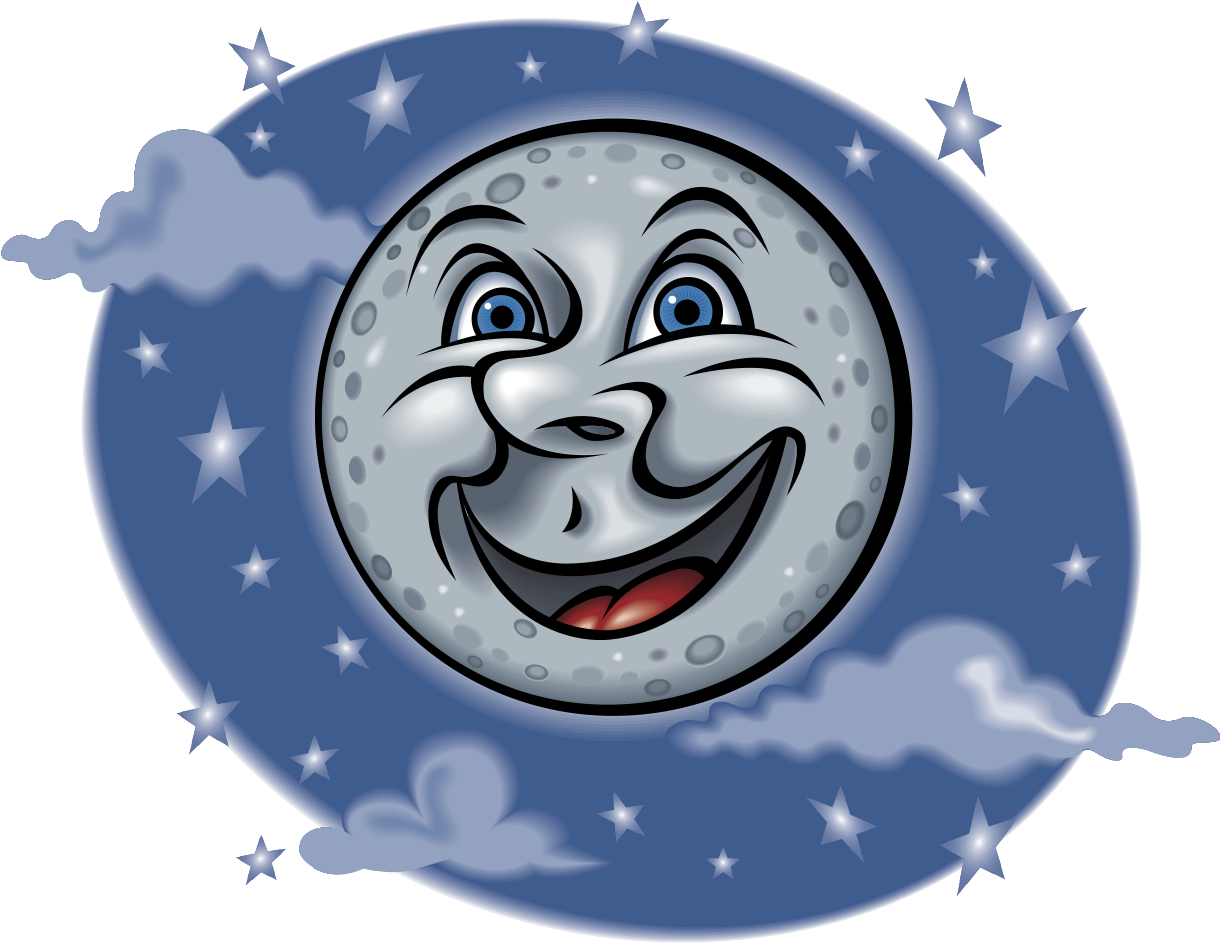Our Night Sky-Enjoy Observe The Moon Night

Oct. 28 is International Observe the Moon Night. This is a new event sponsored by several NASA organizations and the Lunar and Planetary Institution. You can Google “International Observe the Moon Night” to explore their events and pictures.
They list this as an annual worldwide public event that encourages observation, appreciation and understanding of our moon and its connection to NASA planetary science and exploration, as well as the cultural and personal connections we all have with Earth’s nearest neighbor.
Our moon is an interesting object orbiting us. It’s fun to look at and learn about. Apollo astronauts landed there and wandered around collecting samples. I watched all of the TV videos of them doing that.
Three to four billion years ago, ancient lunar volcanoes spewed lava. Gases from this lava might have accumulated around the moon to form a temporary atmosphere. Currently the moon is airless, but it might have had an atmosphere while this was happening.
The dark blotches that make up the face of the “Man in the Moon” that we can see when we look at an almost full moon, are impact basins. These are craters left over from early impacts from flying debris which later filled with lava.
Lava emerged from the moons interior while it was still hot from its formation. With the moons low gravity, lava flowed for hundreds of kilometers. The samples brought back by Apollo astronauts showed the lava flows carried gas components such as carbon monoxide, the ingredients for water sulfur and other volatile elements.
Gas could have lasted for millions of years before drifting off to space. I know it’s hard to think about things that lasted millions of years 3-4 billion years ago.
The moon reaches its first quarter on Oct. 27 and is now a fat waxing crescent, which means that more of it is becoming visible as it works its way up to a full moon. Currently it’s 50 percent lit and 50 percent dark. Right now due to the ecliptic, which it the path of the moon and planets; it’s relatively low in the sky for autumn evenings. That’s due to Earth’s tilted position as it orbits the Sun.
So go out and look at the moon, and see if you can identify the “Man in the Moon.” Saturn is still visible low in the SW for 2 ½ hours after sunset. It’s still in Ophiuchus just to the right of the Milky Way. Bright red Antares is the lower right of Saturn. Jupiter is no longer visible as it is now opposite the Sun in our sky.



